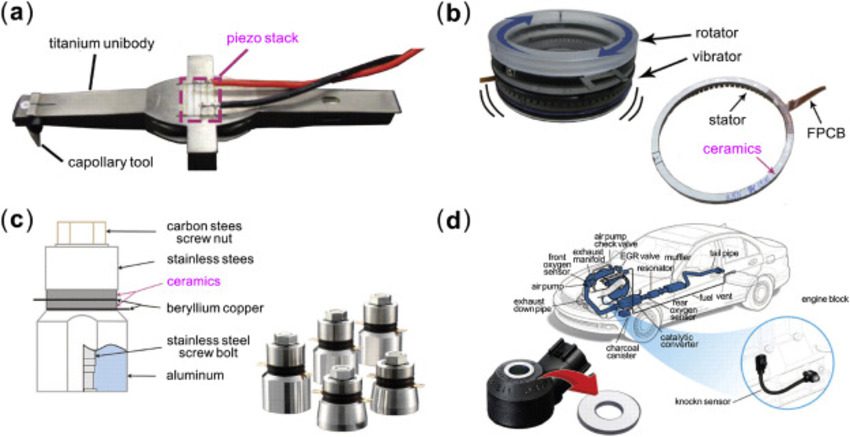Lead Free Piezoelectric Ceramic Material Market
Lead free piezoelectric ceramic oxides are widely used in modern technology due to their favorable properties such as high dielectric constant and remnant polarization, low coercive field, and high Curie temperature. These are most commonly prepared by solid-state synthesis from metal oxide-carbonate mixtures and sintering and are highly preferred over lead-based ceramics as these are pollution-free and eco-friendly in nature. In recent years, overuse of lead has given rise to environmental and public health concerns. Thus, extensive research has been going on to replace market-dominant lead-based ceramics with lead free ones.
The global lead-free piezoelectric ceramic material market size is expected to reach USD 710.0 Million in 2030 and register a revenue CAGR of 16.3% over the forecast period
Lead free materials are rapidly gaining popularity for mechanical energy harvesting. This has resulted in rising research-based activities for using lead free piezoelectric ceramic materials for energy harvesting. Barium titanate, sodium potassium niobate, sodium bismuth titanate, and bismuth layer structured ferroelectrics are some commonly used lead free piezoelectric ceramic materials. Among these, sodium potassium niobate-based ceramics and sodium bismuth titanate have high Curie temperature and polarization that exhibit excellent piezoelectric energy harvesting properties. In addition, rising environmental concerns and increasing awareness about green energy has resulted in surging demand for solar panels and photovoltaic cells. This has encouraged manufacturers to invest and develop advanced lead-free piezoelectric ceramic products.
Claim Your Free Sample PDF Copy Of This Report At
Lead Free Piezoelectric Ceramic Material Market Size – USD 182.3 Million in 2021, Market Growth – at a CAGR of 16.3%, Lead Free Piezoelectric Ceramic Material Industry Trends – Rising number of automotive manufacturing
One of the key factors surging demand for lead free piezoelectric ceramic materials is the rapidly growing consumer electronics and automotive industries across the globe. Piezoelectric ceramics are smart materials used in a variety of applications such as sonar, motors, watches, motion sensors, high frequency loudspeakers, ultrasonic welding and cleaning, microdisplacement devices, ultrasound transducers, and other electronic components owing to electromechanical and stable piezoelectric properties.
Along with government investments and efforts of manufacturers to develop advanced products, researchers are focused on investigating dopants in bismuth sodium titanate ceramics for resolving industrial needs. This is expected to enhance the applications of smart materials. However, factors such as problems in the poling process due to high conductivity of some lead free piezoelectric ceramic materials and reluctance to use lead free piezoelectric materials instead of lead-based in many countries are expected to restrain the revenue growth of the market.
Emergen Research has segmented the global lead-free piezoelectric ceramic material market on the basis of product type, application, and region:
- Product Type Outlook (Revenue, USD Million; 2019–2030)
- Barium Titanate Base
- Bismuth Titanate Sodium Group
- Niobium Acid-Base
- Others
- Application Outlook (Revenue, USD Million; 2019–2030)
- Industry & Manufacturing
- Automotive Industry
- Consumer Electronics
- Medical
- Others
Regional Analysis Covers:
- North America (U.S., Canada)
- Europe (U.K., Italy, Germany, France, Rest of EU)
- Asia Pacific (India, Japan, China, South Korea, Australia, Rest of APAC)
- Latin America (Chile, Brazil, Argentina, Rest of Latin America)
- Middle East & Africa (Saudi Arabia, U.A.E., South Africa, Rest of MEA)
To get leading market solutions, Visit the Link



































